1
HOME > Trends >
8 KEY FASHION MATERIALS FOR YOUR WINTER WARDROBE
Written by Ivan Yaskey in Trends on the 9th December 2019
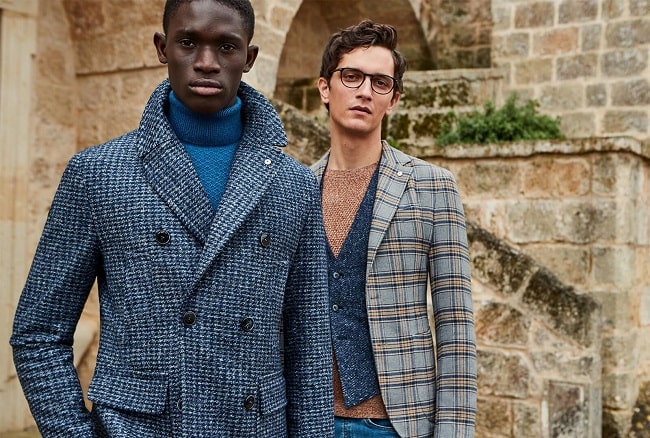
It’s cold – and don’t we know it. Unless you’re on holiday somewhere tropical, you can feel the temperatures dropping, and all your skin drying, unintentional shivering, and why-didn’t-I-wear-this-layer thoughts that result. Of course, no one’s saying you can’t sport that viscose camp shirt all winter but putting a corduroy blazer on top (and having a pair of Gore-Tex trainers on your feet) certainly doesn’t hurt. We’ve touched on the basics of layering before, but as a secondary dimension, comfort in the colder months also comes down to the materials you select. Let’s get started:
Cotton
It’s a broad category yet not one that’s always applicable. Cotton varies in thickness, and while madras and poplin were your go-tos in spring and summer, it’s time to shift over to flannel, corduroy, and canvas – the thicker trio that helps retain body heat. Cotton, big picture, is known for its breathability, keeping you warm without overheating, and that makes it an asset for everyday wear. We’ve discussed in depth how the weave and weight of cotton duck and canvas make these fabrics a must-wear through winter. The durability and abrasion resistance that hold up to the worksite can certainly get through your everyday routine, and a waxed finish or water-resistant treatment ensures snow and light rain stay on the outside. Corduroy, too, stands upon similar principles: This thicker, wide-wale material has an almost blanket-like effect, and its workwear origins attest to its surprising strength.

Yet, among all heavier cotton variations, none other than flannel is synonymous with winter wear. Traditionally made out of worsted wool but now more commonly in cotton, it’s constructed like tweed and herringbone with a sturdier weave but features a soft hand feel. Today, brands may take it a step further by peaching or wire brushing the fabric for more nap. On a practical level, flannel helps trap air – making it ideal as a midlayer. Layer a button-front over any T-shirt you own for a classic application, or seek out a flannel blazer for an elevated, mid-century version. Realise, though, that cotton is not made for more active pursuits, as it doesn’t dry quickly or wick moisture. As such, if you’ll be out in the rain or working up a sweat somewhere, be sure to put on appropriate shell and base garments. Otherwise, you risk hypothermia.
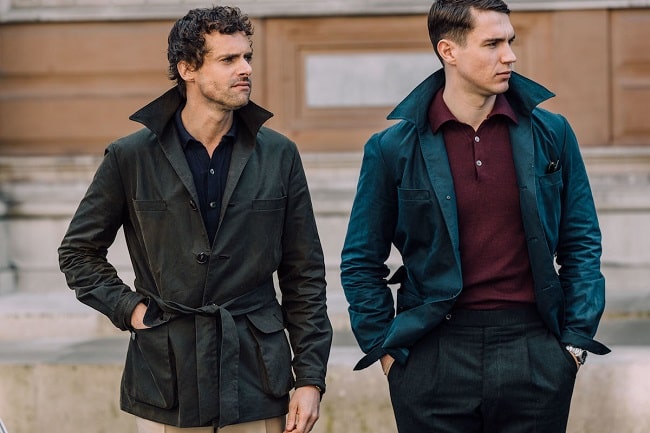
Leather and Faux Leather
Leather’s weight and natural properties make it a must for cooler weather – winter included. Motorcycle enthusiasts’ adherence to leather gear – jackets and bottoms – serves as proof, but you only have needed to wear a leather jacket a few times out in the cold to understand this. While an insulating layer or two underneath certainly doesn’t hurt, and definitely beefs up its basic design, leather on its own offers natural wind resistance and adapts to your body with time. Although faux leather has its detractors, heavier options are gaining ground for their effectiveness and style.
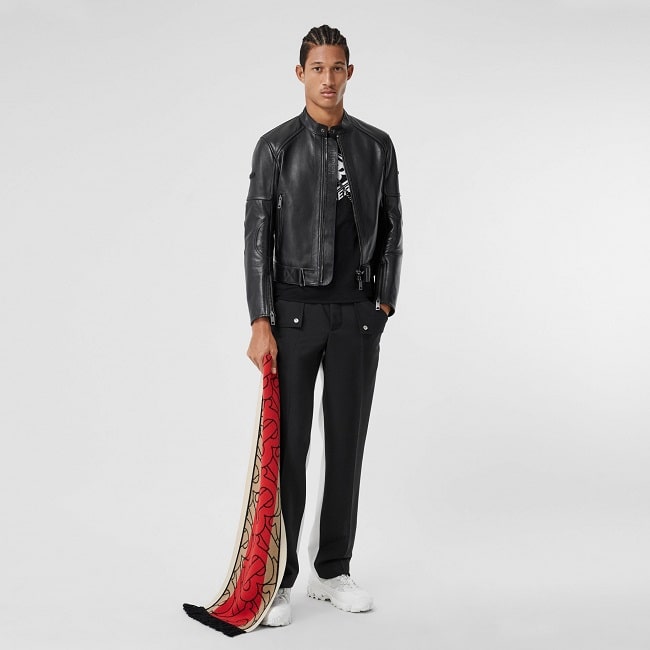
Wool
Whether pure, raw wool from sheep or a manufactured option, wool is another quintessentially winter fabric that, if you’ve ever been on a spring hike, also proves itself in warmer temperatures. Often in knit form, as a sweater, socks, or even base layers but also woven for pea and overcoats, wool naturally insulates, sheds water, and controls odour without any extra treatments, and best of all, it offers a high degree of warmth and strength for its relatively light weight. On this last point, wool suiting takes advantage of this, draping well and looking sharp while providing greater-than-expected heat retention. It’s definitely one way to handle the chilly morning and evening commutes.

Fleece
It’s hard to believe that those annoying Old Navy Performance Fleece commercials are now two decades old, but the cheesy, colourful advertisements got one thing right: Fleece, this time of year, is a top performer, both as a lighter-weight outer and a substantial midlayer under a shell, wool or canvas jacket, or leather. For some 2019 context, it’s what the executives are all wearing over their blue button-front trousers, and especially if it’s from a big-name outdoor brand like Patagonia or Marmot, fleece now comes with aspirational qualities. Introduced in the late ‘70s as a synthetic substitute for wool, fleece offers a two-fold benefit: One, it’s highly insulative relative to its weight and, due to polyester construction, offers better moisture control. Not all fleeces are equal, however, and that fuzzy quarter-zip from Sports Direct won’t hold a candle to a water-resistant, fleece-based softshell from Arc’Teryx or The North Face. For this latter group, Polartec has turned into the cream of the crop in terms of fleece: It’s moisture wicking, light, and breathable, yet manages to trap more air in relation to its competitors’ fabrications.

Tweed
Tweed is a heritage fabric for a reason: It’s pretty darn tough. It resists damp, northern winters, yet offers a modicum of style that won’t make it seem like you’re wearing a prototypical performance material. As such, tweed, often in wool form, is a default winter suiting fabric, delivering the perfect blend of toastiness and texture and, frankly, a bunch of Peaky Blinders vibes. Herringbone visually comes close, but it doesn’t quite have the felty roughness and wool-blend comfort.
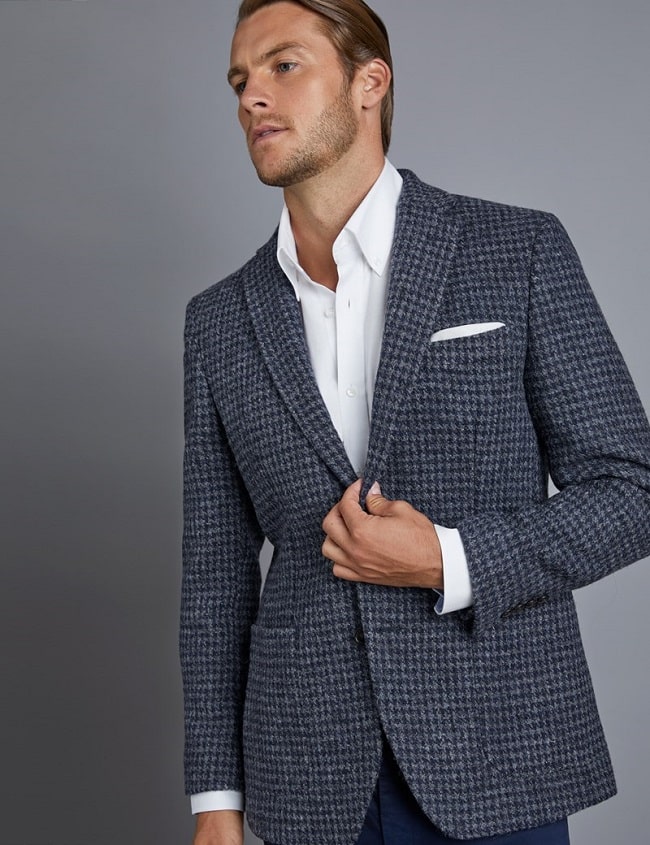
Down
With puffers (and yes, they’re still on our radar), the question “Down or synthetic?” automatically comes up. Synthetic insulation is gaining ground, but down, with the right treatments, remains a clear winner. Why? Goose down delivers more warmth for less weight, and if you’re in the mood for something techy and compact, it can pack down small enough to fit in a small stuff sack. By nature, though, down is hydrophilic and suffers from the same fate as cotton. Manufacturers, in turn, have realised this drawback, and as such, water-resistant versions of down – for instance, DownTek™ – make the cosiness it offers naturally more dependable in all those times you’ll need it.
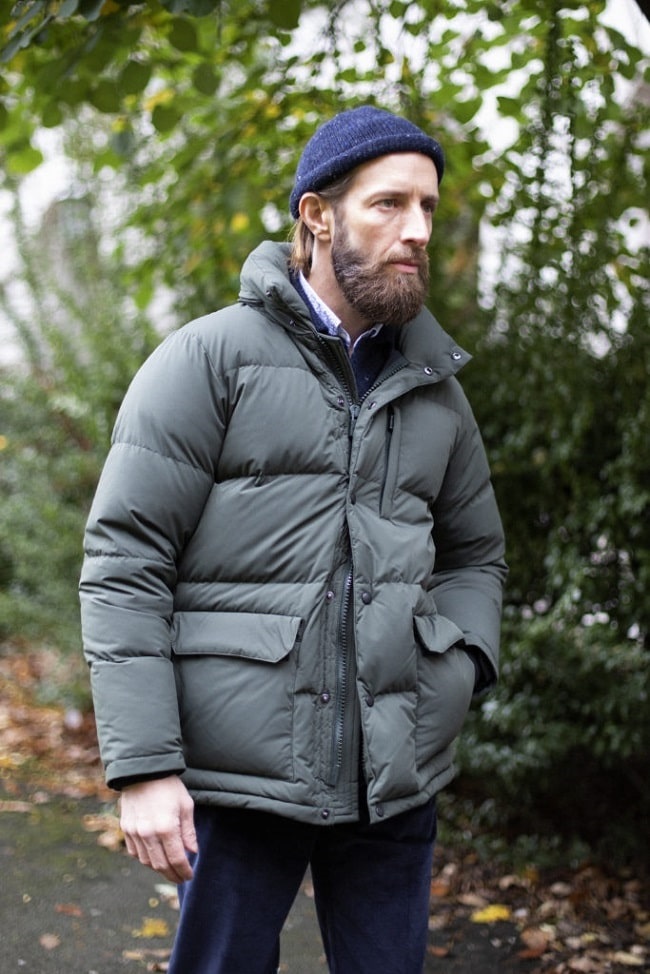
Cashmere
Cashmere is winter’s version of linen: If it’s not pure, it’s not going to deliver all the way. Yet, where linen helps cool the skin during the summer months, cashmere aces wool’s naturally insulating construction. As such, pure cashmere garments – and not a blended version – feel softer and lighter and never pile on tons of bulk.
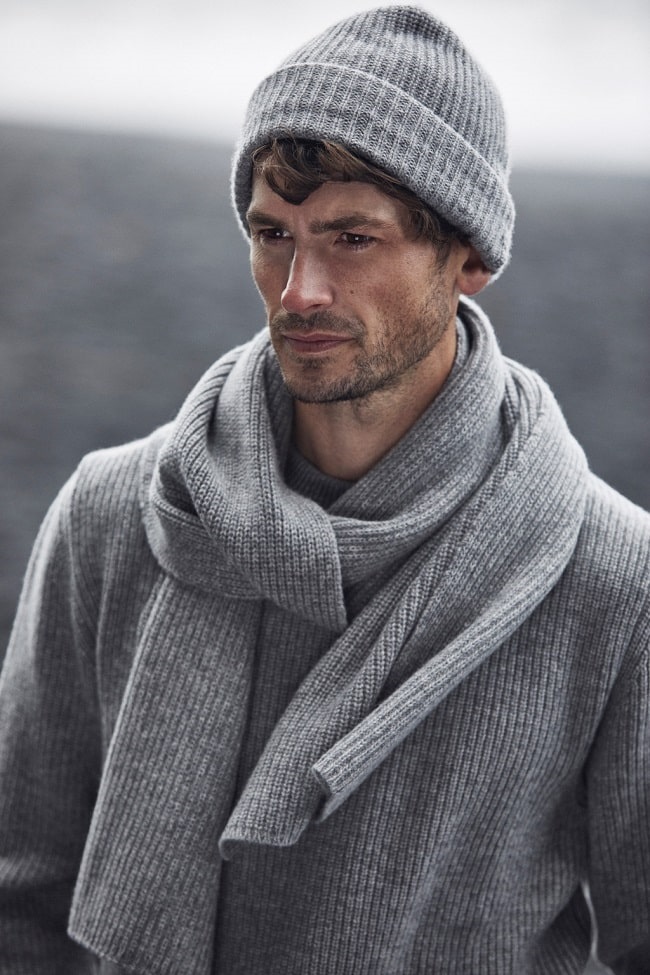
3M Thinsulate
Plenty of proprietary synthetic insulation exist – see just about every athletic brand dabbling with winter training gear – so what’s so special about Thinsulate? For starters, it’s one of the most ubiquitous, especially when it comes to footwear. Secondly, its construction bests polyester’s, with thinner yet densely woven fibers that trap heat but still offer enough room for moisture to evaporate. As such, it’s that perfect warmth-without-bulk fabrication that has since been customised with anti-odour, flame-resistant, and stretch variations.

Trending
2
3
4
5
6
7
8
9
10










